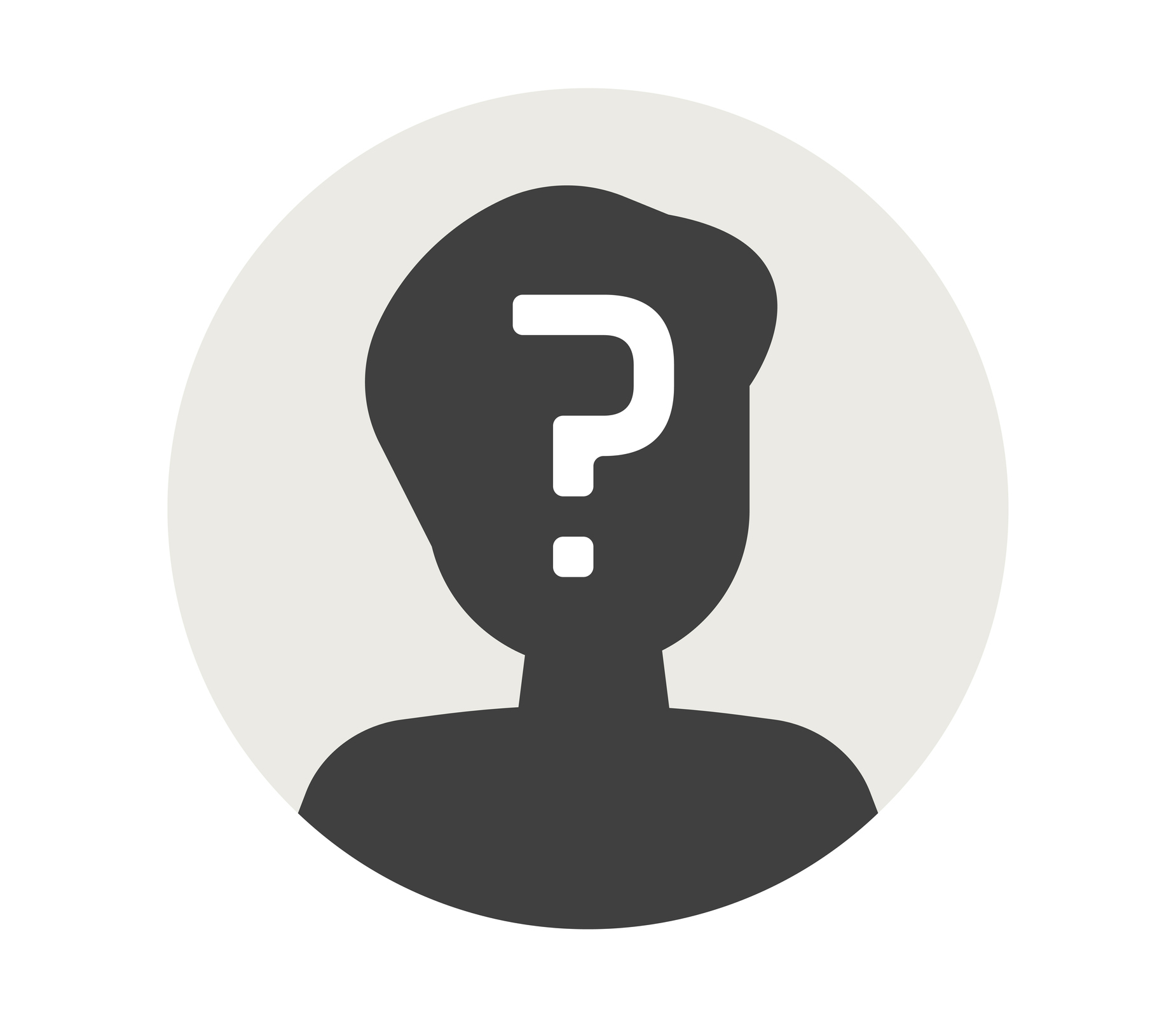'Modern carbon frames are essentially large acoustic tubes': Undercover Mechanic and the problem with creaks
There is a point, during the diagnosis of a mystery creak, where your mechanic silently morphs into your therapist


“I’ve got a creak.”
These four little words have the ability to strike dread into the heart of every bicycle shop mechanic.
It is often expected that we can wave a magic wand, and make the noise disappear. In reality, creaks can often take days of labour to identify and resolve, and some simply are not resolvable at all.
Creaks typically arise when two materials are moving against each other when they shouldn’t be. There’s a few reasons why this can happen: either two surfaces that haven’t been lubricated properly, a bolt has lost tension, dirt or grit has entered an interface where it shouldn’t be, or, sometimes, it’s simply down to bad design or manufacturing tolerances.

Cycling Weekly's Undercover Mechanic will be publishing his thoughts on the state of the industry once a month. He's been working with bikes for over two decades, offering servicing on models from some of cycling's best (and worst) marques. You'll find him at all major trade shows and events, just don't expect him to make himself known.
There are quite a few usual suspects such as handlebars and stems, saddle-rails, seatposts, or even the dreaded bottom bracket. These are the areas most good mechanics will check first for signs of wear or lack of lubrication, or simply not being at the correct torque. If that fails, it’s then onto the more obscure causes such as chainring bolts, thru axles, bottle cages, or even things like brake pads rattling against disc calipers.
The problem with modern carbon frames is that they are essentially just large acoustic tubes, a bit like a very lightweight trombone, so when something creaks at one end on the bike, the sound actually appears at the other end. Mechanics, then, have to develop a good ear for recognising the subtleties in creaks, rattles and hums that come from different parts of the bike. Many experts in the trade have developed cool little tricks to coax the culprit out of hiding, such as squirting water at the possible sources, or isolating the moving part by pedalling one legged.
Modern carbon frames are essentially just large acoustic tubes, a bit like a very lightweight trombone
As well as creaks sneakily hiding their source elsewhere on the bike, there are also three types of creak which dictate the ease of diagnostics.
Get The Leadout Newsletter
The latest race content, interviews, features, reviews and expert buying guides, direct to your inbox!
Consistent and easily replicable creaks are usually pretty easy to pinpoint. Intermittent creaks are a little more difficult, but often determining when it does and doesn’t appear can help to identify it.
Finally, you have the mystery creak. This is a sound that only the person riding the bike can hear. We had a client once who suffered from a noise that only he could hear, even on group rides and only after two hours in the saddle. This is the point at which your bike mechanic turns into your personal therapist. How does the saying go, ‘if your bike creaks in the woods did it make a sound’?
What’s the point of all of this banging on about creaks? Well I guess it’s just to set out a few simple considerations for the bike riding public.
It’s amazing how often we speak to customers who are incensed that their bike is making a sound, even if the bike was neither purchased or serviced by us. This problem is always magnified pretty much in line with the cost of the bike. An analogy to keep in mind is that a Formula One car requires a lot more service and care than a Ford Fiesta. The same applies within the bike world.
Higher price tags promise increased potential for speed, not reliability or longevity. A good example of this is brake pads. High-performance brake pads work because they are softer and hence don’t last as long. This information would be communicated in store, but it’s unlikely you’ll receive this advice when shopping on Amazon.
The skills that a good mechanic develops over their career cannot be purchased online. So make a point of supporting your local bike shop, even if it costs you an extra couple of pounds for the parts. You are guaranteed to make that back tenfold in the time and experience that would be put into fitting them. Use it or lose it, you’ll be sad when it’s gone.
It's much cheaper to maintain a bike than repair it. You don’t only take your car to the garage when it breaks down, or if you do, you’re obviously me in my 20s.

Thank you for reading 20 articles this month* Join now for unlimited access
Enjoy your first month for just £1 / $1 / €1
*Read 5 free articles per month without a subscription

Join now for unlimited access
Try first month for just £1 / $1 / €1

Cycling Weekly's Undercover Mechanic will be publishing his thoughts on the state of the industry once a month. He's been working with bikes for over two decades, offering servicing on models from some of cycling's best (and worst) marques. You'll find him at all major trade shows and events, just don't expect him to make himself known.
-
 'It took everything' - Puck Pieterse outclimbs Demi Vollering to win La Flèche Wallonne
'It took everything' - Puck Pieterse outclimbs Demi Vollering to win La Flèche WallonneDutch 22-year-old shows Classics pedigree with first one-day victory
By Tom Davidson
-
 Tadej Pogačar flies to dominant victory at La Flèche Wallonne
Tadej Pogačar flies to dominant victory at La Flèche WallonneSlovenian takes second win at Belgian classic ahead of Kévin Vauquelin and Tom Pidcock
By Tom Thewlis